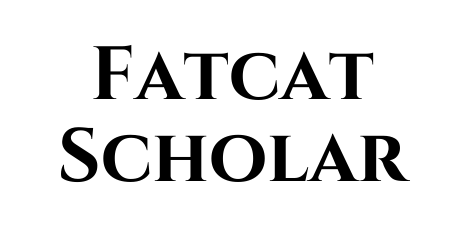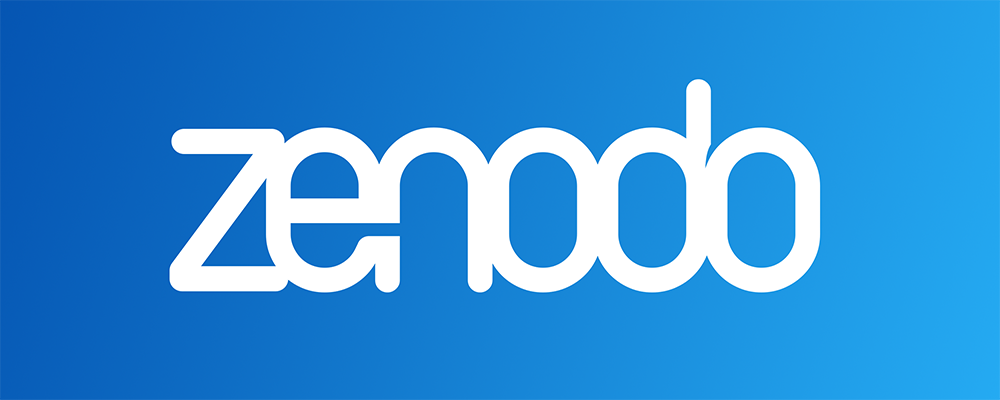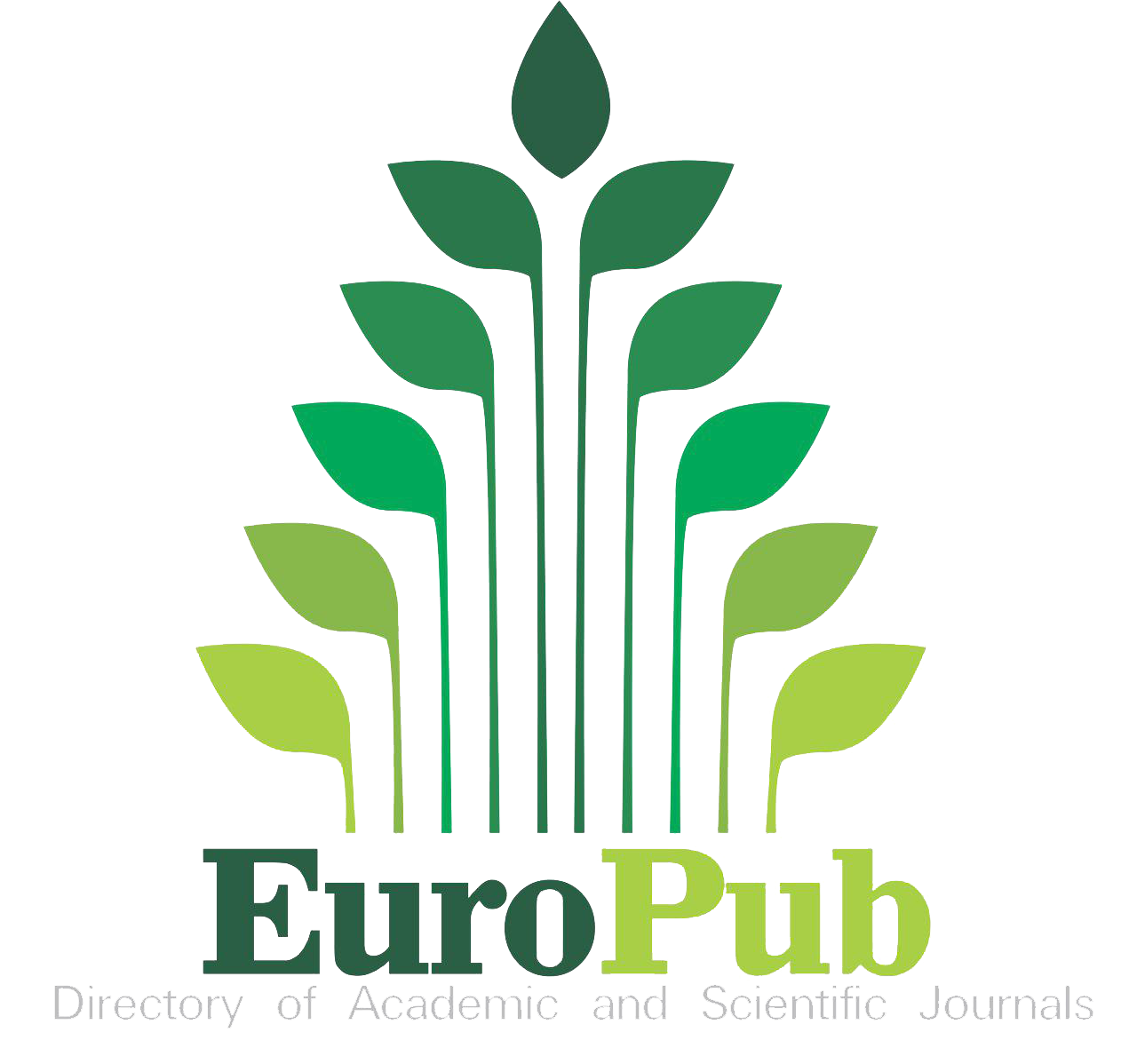A DYNAMIC MODEL OF ORGANIZATIONAL RESILIENCE THROUGH THE INTERACTION OF RESOURCES, CHALLENGES, AND EMPLOYEE WELL-BEING: BEYOND STATIC BALANCE
DOI:
https://doi.org/10.5281/zenodo.17603067Abstract
Contemporary organizations operate in an environment characterized by unprecedented volatility, uncertainty, complexity, and ambiguity. In this context, organizational resilience has become a strategic imperative rather than merely a competitive advantage. However, the current understanding of how organizations build and sustain their resilience remains fragmented, with theoretical approaches functioning within disciplinary silos and favoring reactive perspectives at the expense of proactive mechanisms. This article develops an integrative theoretical framework to explain how organizations construct sustainable resilience through the dynamic management of their resources and challenges, moderated by employee well-being. We synthesize four major research streams: paradox theory of dynamic equilibrium, conservation of resources theory, the job demands-resources model, and the organizational resilience literature. Based on this critical synthesis, we develop the (Resources-dynamic equilibrium-well-being-adaptation-resilience) Model, which conceptualizes resilience as an emergent property of a dynamic, multilevel process. Our main contribution is threefold. First, we conceptualize resilience not merely as a response to adversity but as the result of a continuous effort to maintain a dynamic balance between available organizational resources and encountered challenges. Second, we theorize the central moderating role of employee well-being in transforming this balance into effective resilience capabilities. Third, we explicate the temporal (gain and loss cycles, upward and downward spirals), cyclical, and multilevel (individual, group, organizational) mechanisms underpinning this complex process. We formulate six testable theoretical propositions that articulate the relationships among these key concepts. We conclude by discussing the profound implications of our model for advancing organizational theory and managerial practice, suggesting new avenues for future research and for designing more human-centered, adaptive, and sustainable organizations in an ever-changing world.
Keywords: Organizational resilience, dynamic equilibrium, employee well-being, conservation of resources theory, job demands-resources model, paradox theory, dynamic capabilities, multilevel processes.
Downloads
Published
How to Cite
Issue
Section
License

This work is licensed under a Creative Commons Attribution-NonCommercial-NoDerivatives 4.0 International License.





























